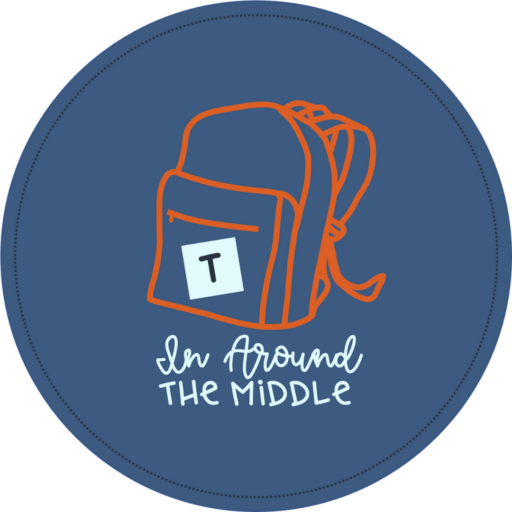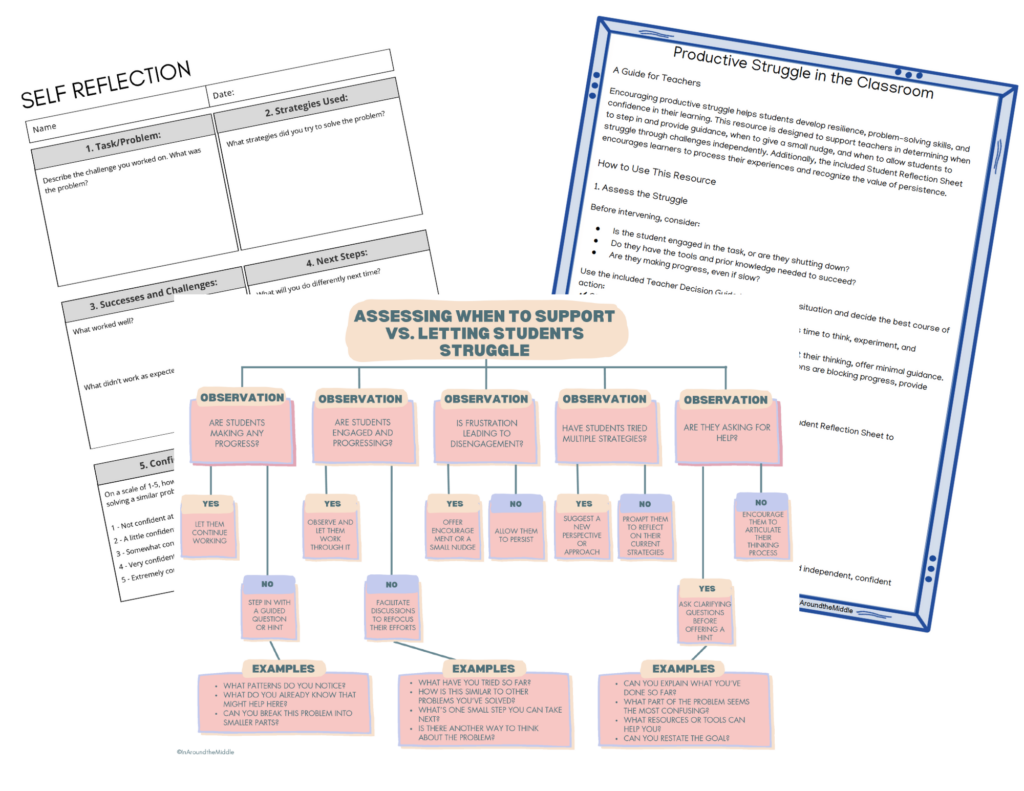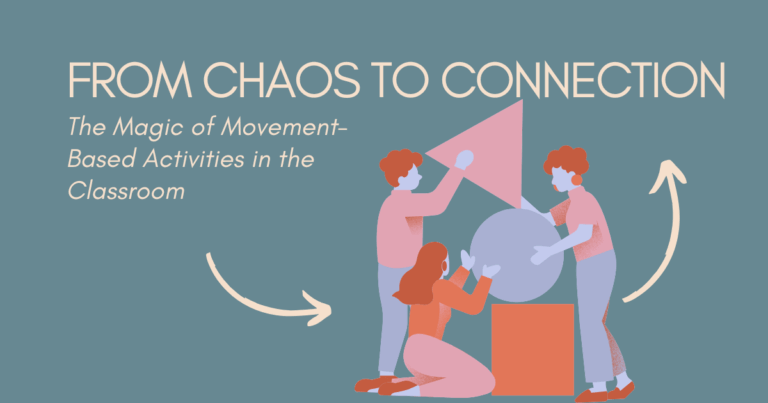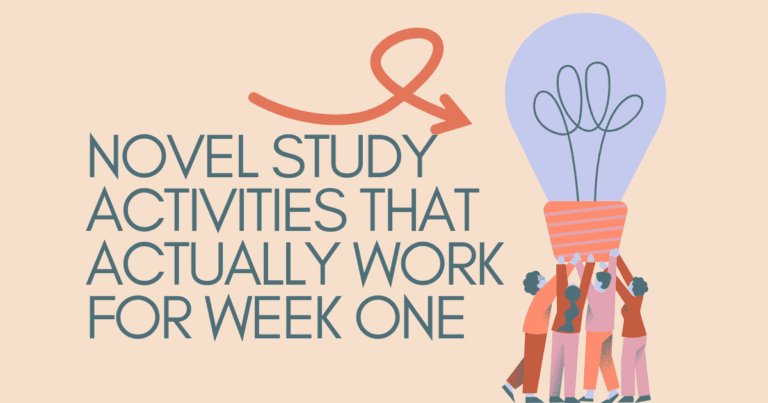Unlocking Student Potential: Strengthening Teamwork Exercises in a Post-COVID World
Full disclosure here, I teach grade 5/6 so this is my first year of students who started school during Covid. So they have never known anything but the whiplash of working from home – sit in rows far apart – no group work etc. to the slow trickle return to normal. So at least half of their 6 years of education where they haven’t had the teamwork exercises that students experience. Years of missing out on teamwork exercises for students and working as a team member taught and reinforced again and again and again. Instead, they are now entering upper classrooms with a slow trickle of team skills and a whole lot skill of playing games online when no one is looking skills. And it shows.
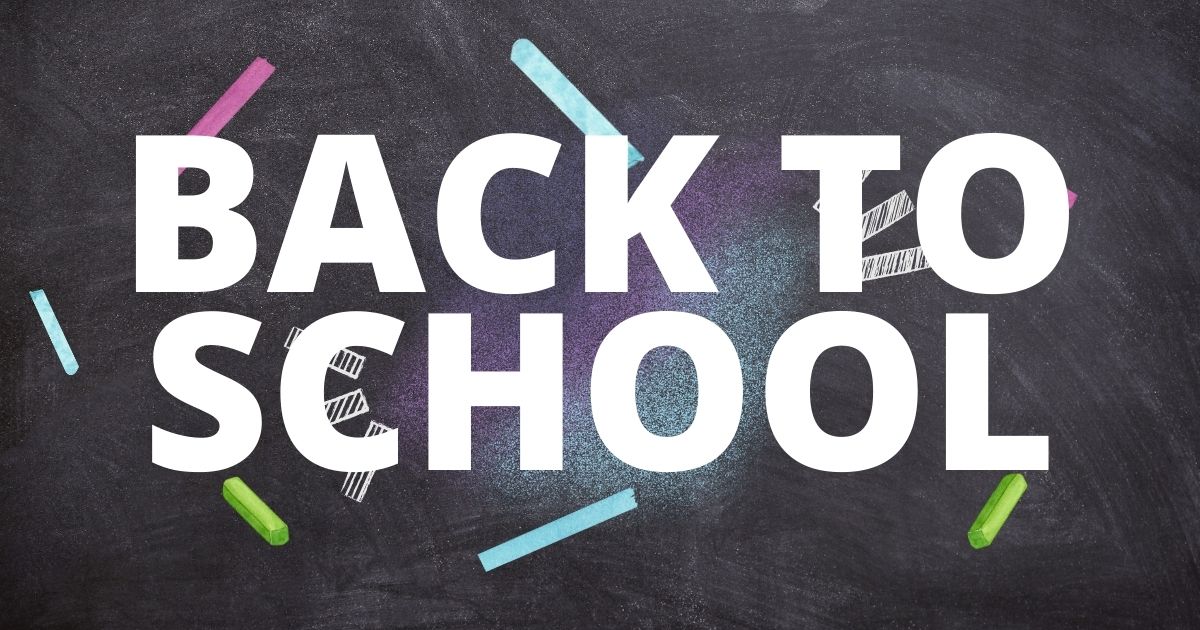
The realities of teamwork exercises for students
So where do we start to build up these skills? How do we keep their attention long enough to do it? Let’s face it: there are a lot of questions about these kids that need answers, and a simple blog post isn’t going to answer them all, so I’m going to start with what I do for these two questions.
Oh, did I mention that I have 17 boys and 9 girls in my class too? Yup, there’s a whole lot of wiggles going on in my classroom and I don’t mean the kind that drive the Big Red Car.
teambuilding exercises for students
Let’s start with teamwork because they can’t do any form of group work successfully if teamwork is not working. Like most teachers, I always start off the year by building up their skills of working together as a team to be successful. My formula is pretty simple:
- Decide beforehand the skills I want them to gain.
- For me this year I wanted them to be good communicators, good team members, critical and creative thinkers, and I wanted them to be aware and honest about their own strengths and weaknesses.
- Spend the first week explicitly pulling apart each of those skills, one skill per day. I tell them what the key points of each of these skills are. It’s their job to pull it apart further and brainstorm what this means for them, for people around them, and for the whole class.
- I put them into groups of my choosing for this. I tell them it’s just for this one lesson, and tomorrow they will be in a different group. This is key; they will work with almost anyone if you’ve promise it’s temporary. I use a different type of mind map for each skill but each have my key points on them and the three branches they are brainstorming from each (me, others, class).
- Report back. Each group chooses someone to speak on their behalf, and we share back to the whole class. Each group shares one thing that hasn’t already been said until we’ve covered it all. This also means they have to pay attention to what the other groups are doing so they don’t repeat.
- During the second week, we do one fun activity each day that practices one of these skills. Before the activity I tell them exactly what skill they are supposed to be practicing. I have them take their skills list with them. They are also told they will have to compliment each team member on one of the skills (I’ve done a whole blog post on this here).

team building
Each day is a new group. I mix up how I choose and let them see this. Sometimes I let them choose, but I set rules (there has to be a mix of grade 5s and 6s, groups of 3 or 4, but no one is allowed to be left out, each member has to have been in a different class from each other last year, etc), but mostly I choose.
Clear Intentions
The key to success is to be intentional and to be clear on your intentions with your students. Do this, and they will give it a try. Will all give 100%, no, but most will get close to that when they see everyone else doing it. Now, I’m not talking about your students with additional needs, you need to intentionally set them up for success, whether it’s ‘randomly’ putting them in a group with their person, ‘randomly’ giving their group the best working location, or negotiating a special break beforehand.
Teacher’s Role
So the groups are doing their brainstorms, working through the activity you set. What are you doing? Working on your step count. Your role is to observe and guide (grab my free observation flow chart here). Observe what is working well in groups, who has what skills you can use to guide others, what groups are bogged down and can’t move on, what skills still need to be explicitly taught and discussed at the end. Take a mental note (or quick notes) of all of these things and intentionally bring them up at share-back time. Specifically ask a group to share a solution you observed, ask the class how they might solve a problem you noticed (no names, but more of a ‘what if’).
Ask Questions
As you walk around make sure you are not jumping-in and solving problems for them. Ask them questions that might guide them such as:
- What strategies have you tried so far?”
- “What other strategies have we talked about before?”
- “What do you already know?”
Don’t solve the problem for them. They need to struggle and break through to success as a team (check out my blog post on productive struggle). Everything else you comment on as you walk around should be comments that build them up. Point out what they are doing well (even if you have to dig deep for this!).
Tip #1
My number one hint? Make sure you are not stopping at any one group for very long, you need to be constantly observing all the groups or they WILL start to wander off task not to mention wander to other groups.
Tip #2
My second tip? Keep the entire activity no more than 45 minutes. This includes explaining the task, explaining the skill they are practicing, explaining what’s expected from them when they finish (group share back, compliments, reflections etc), the task itself and the regroup/sharing at the end.
Looking for more team building ideas? Check out my post on gamified learning.
Here’s to Engaging Learning!
In Around the Middle
